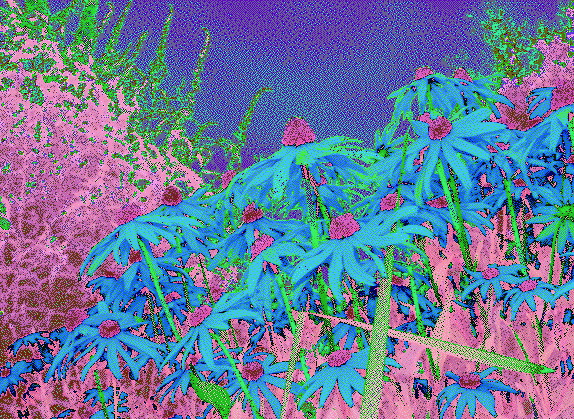
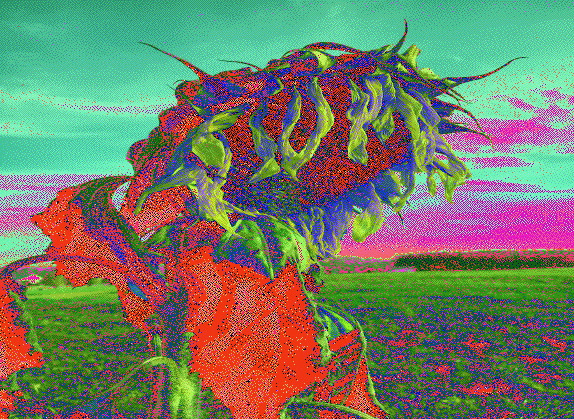
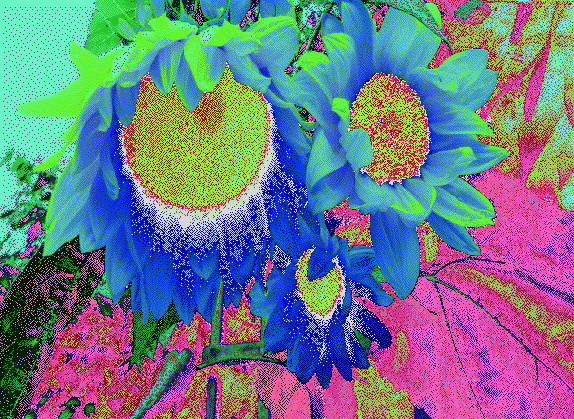
Turning Toward The Sun
"Our column suddenly came to a halt at a crossroads.
I could see nothing that might be holding us up
but I noticed on the left of the street a military cemetery.
And on each grave there was planted a sunflower...
I stared spellbound. Suddenly I envied the dead soldiers.
Each sunflower to connect him with the living world, and butterflies to visit his grave.
For me there would be no sunflower. I would be buried in a mass grave,
where corpses would be piled on top of me. No sunflower would ever bring light to my darkness,
and no butterflies would dance above my dreadful tomb." The Sunflower, By Simon Wiesenthal

|

|

|
| Daisies | Dead Sunflower | 3 Sunflowers |
| 8" x 10" | 8" x 10" | 8" x 10" |
| Ink on Paper | Ink on Paper | Ink on Paper |
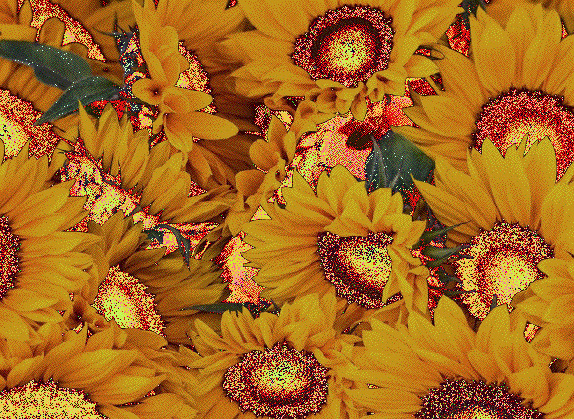
|
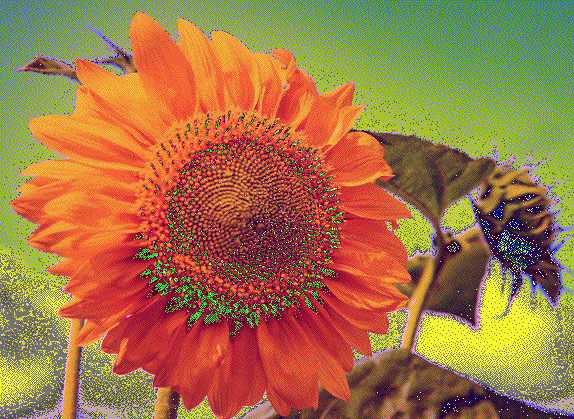
|
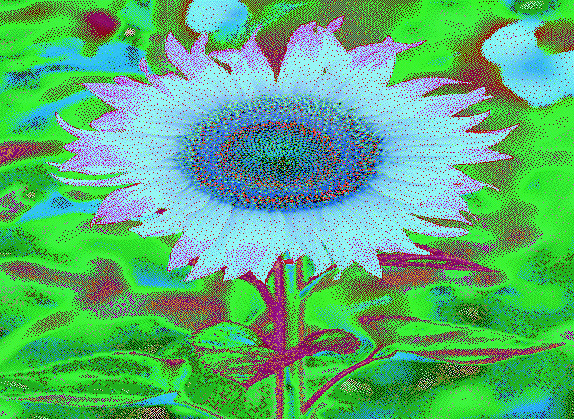
|
| Butterscotch | Burnt Orange | Pastural Flower |
| 8" x 10" | 8" x 10" | 8" x 10" |
| Ink on Paper | Ink on Paper | Ink on Paper |
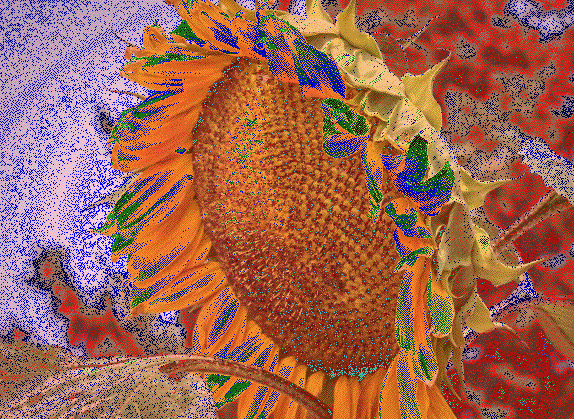
|
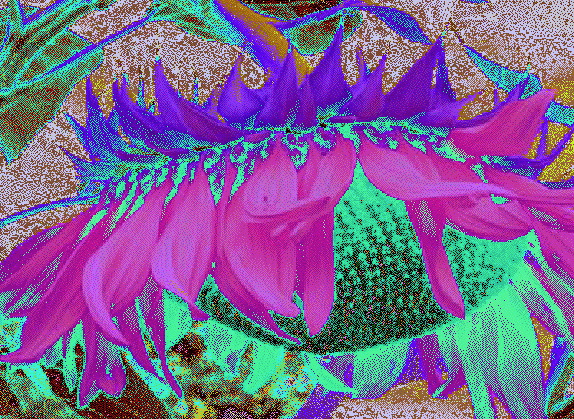
|
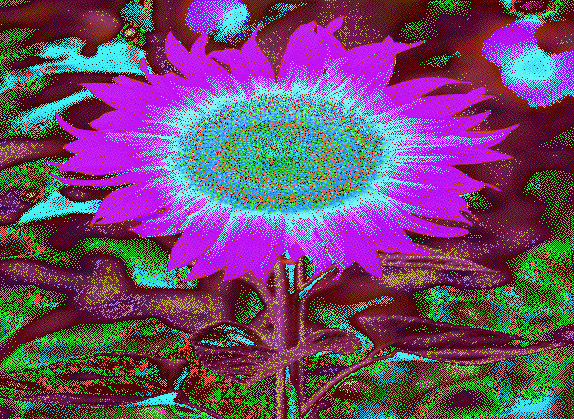
|
| Autumn | Lingering | Last Yearning |
| 8" x 10" | 8" x 10" | 8" x 10" |
| Ink on Paper | Ink on Paper | Ink on Paper |
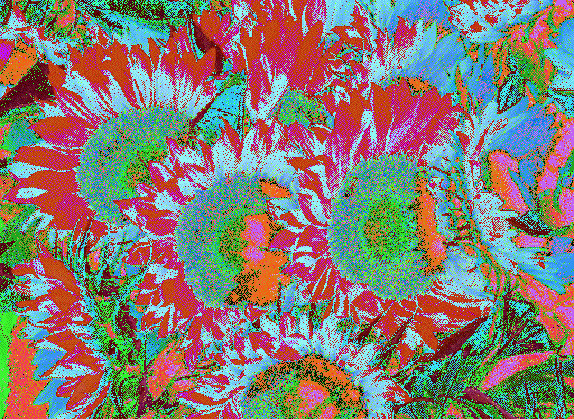
|
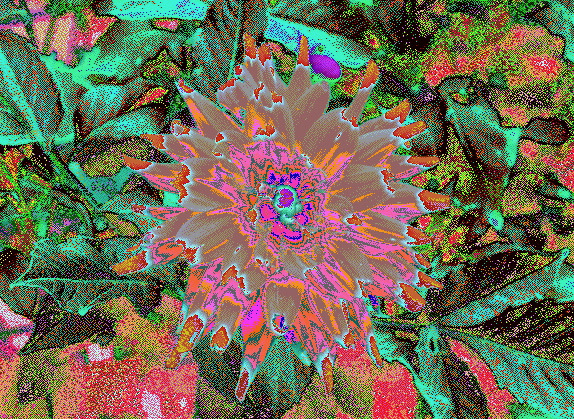
|
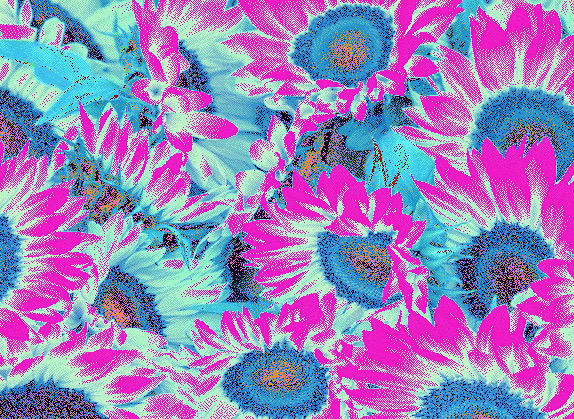
|
| Saffron Petals | Variant | Magenta |
| 8" x 10" | 8" x 10" | 8" x 10" |
| Ink on Paper | Ink on Paper | Ink on Paper |
In September 2020, my wife and I visited the Illinois Holocaust Museum and Education Center
in Skokie Illinois to see the Ruth Bader Ginsburg Exhibition.
It began as a day of celebrating Justice Ginsburg\'s life and career after a month or so of watching documentaries
and reading articles about her extensive work.
All that quickly changed once we went through the Zev and Shifra Karkomi Holocaust Exhibition,
which walked us through a horrific period of human history.
The presentation brought us into the lives of Europeans prior to the war.
Everyday family life was depicted in a way that emphasized our many similarities.
The exhibit explored the early rise of Nazism and we were immediately struck with
how familiar newspaper headlines looked when compared with those from our own recent history.
The separation of families, the messages of hate and racism.
All creating an atmosphere of mistrust and fear that has no base in reality.
I knew this going into the exhibition. My grandmother once told me why she left Germany.
My grandfather explained to me the reasons he left Norway
and fought for his newly adopted country in the war.
I understood the evils of man\'s hatred against one another and the many cruel ways it manifests itself.
But I was not prepared for seeing photographs of fathers, mothers and families
in train stations and camps prior to being separated from one another.
A memory rushed back to me as I stood there, looking at the photographs.
When I was six or seven years old, a woman used to walk down our alley headed to the grocery store.
She would look at me and start to cry each time she saw me.
One day I asked her why she was crying. She pointed at the tattoo on her arm
and told me I reminded her of the son who was taken away from her in the war.
At the museum, I found myself overwhelmed with emotion and had to leave the room.
To our docent\'s credit, he left me to my grief for which I will be ever grateful.
I found an answer to a question I\'ve had in the back of my mind
from the time I stood in the alley watching my neighbor cry for the brutal loss of her son,
to the day I stood in a room which replicated the burial pits of Nazi concentration camps...
While visiting Auschwitz, Rabbi Johnathan Sacks stood weeping and asked himself,
"God, where were you?" He heard a voice speaking to him which said,
"I was in the words, you shall not murder". In that moment he understood that
"...when God speaks and human beings refuse to listen even God is helpless in that situation".
https://rabbisacks.org/holocaust/topic1/ Transcripts Part 1 Where do you think God was in the Holocaust?